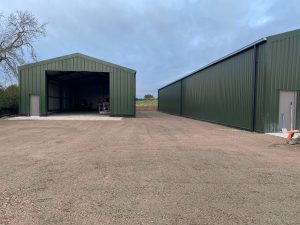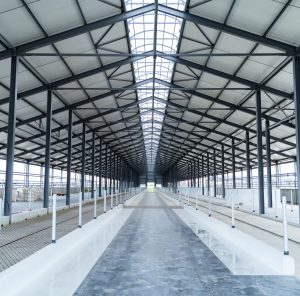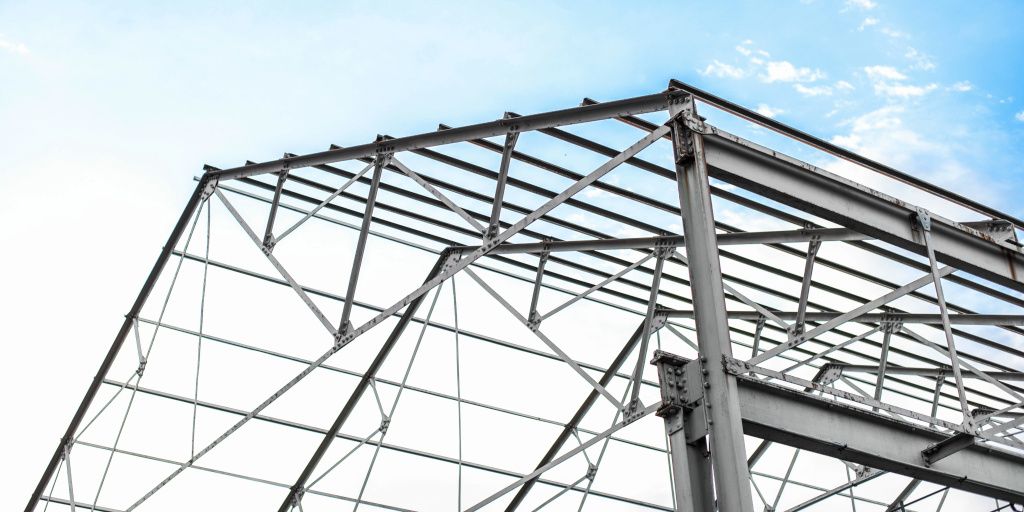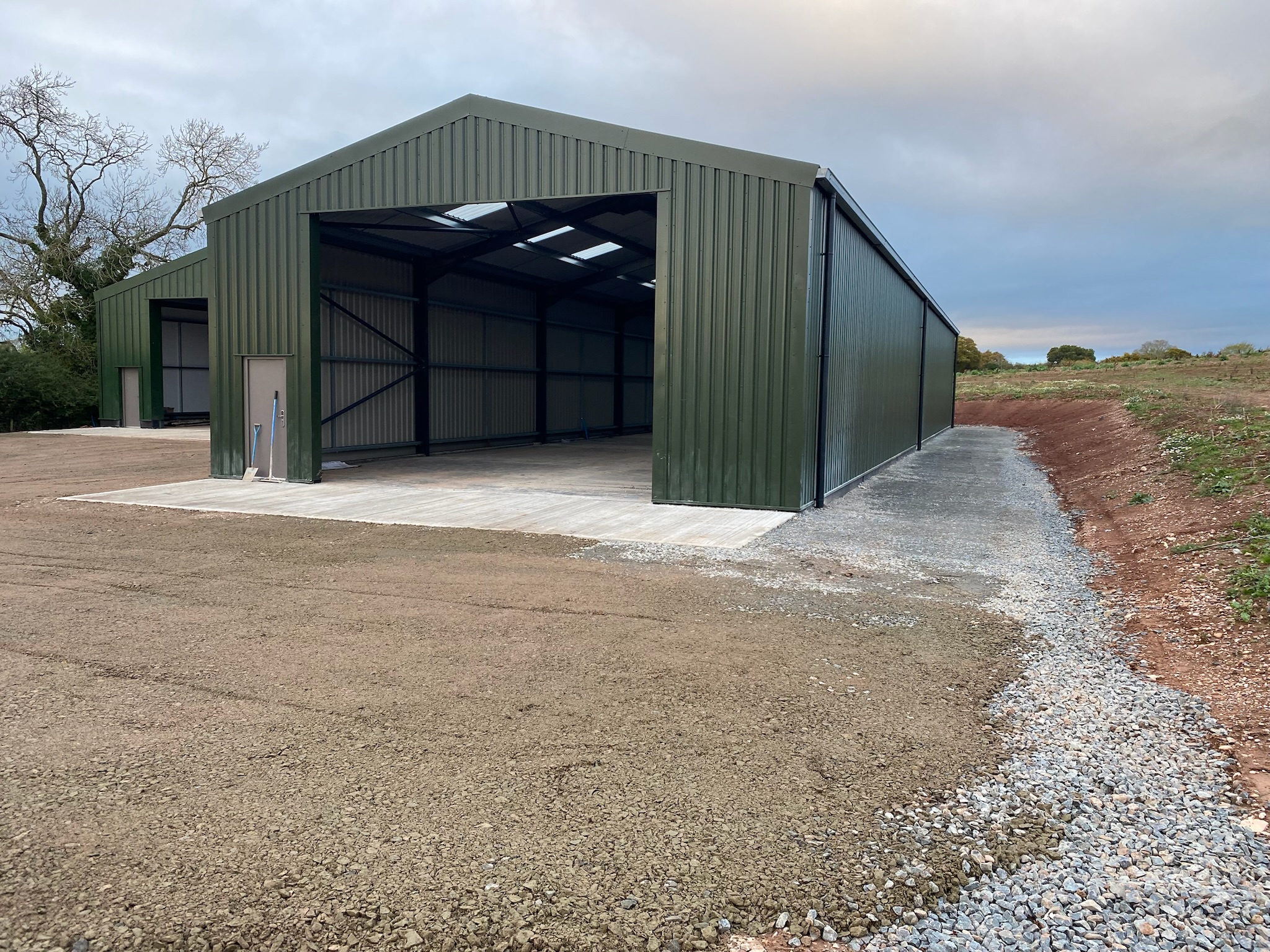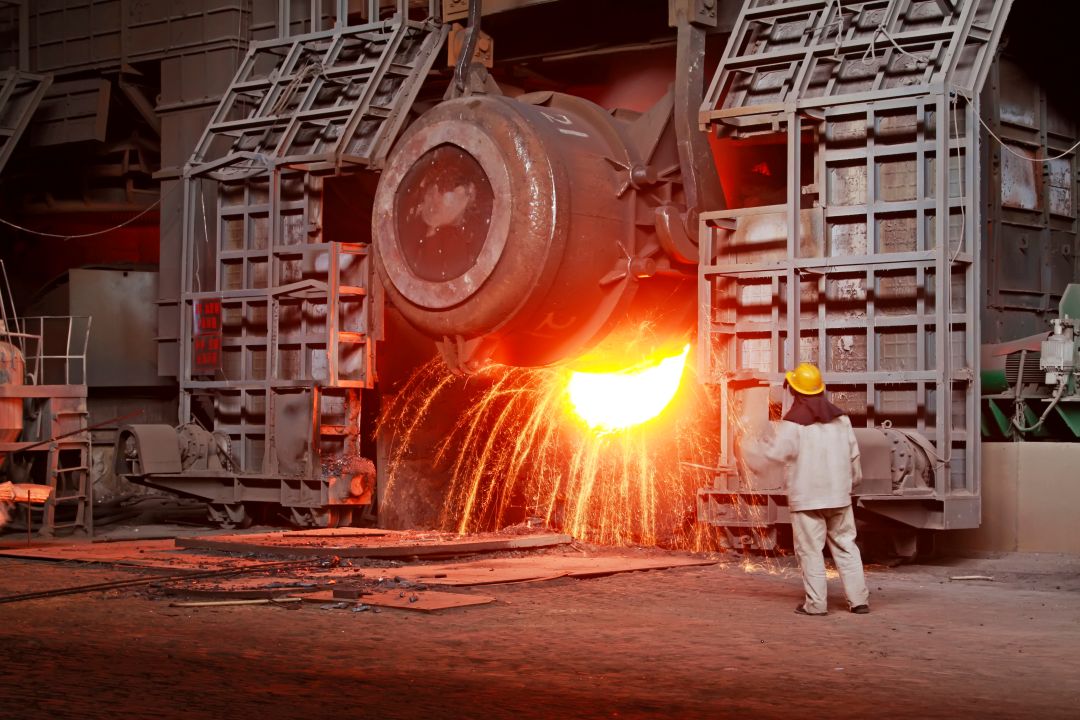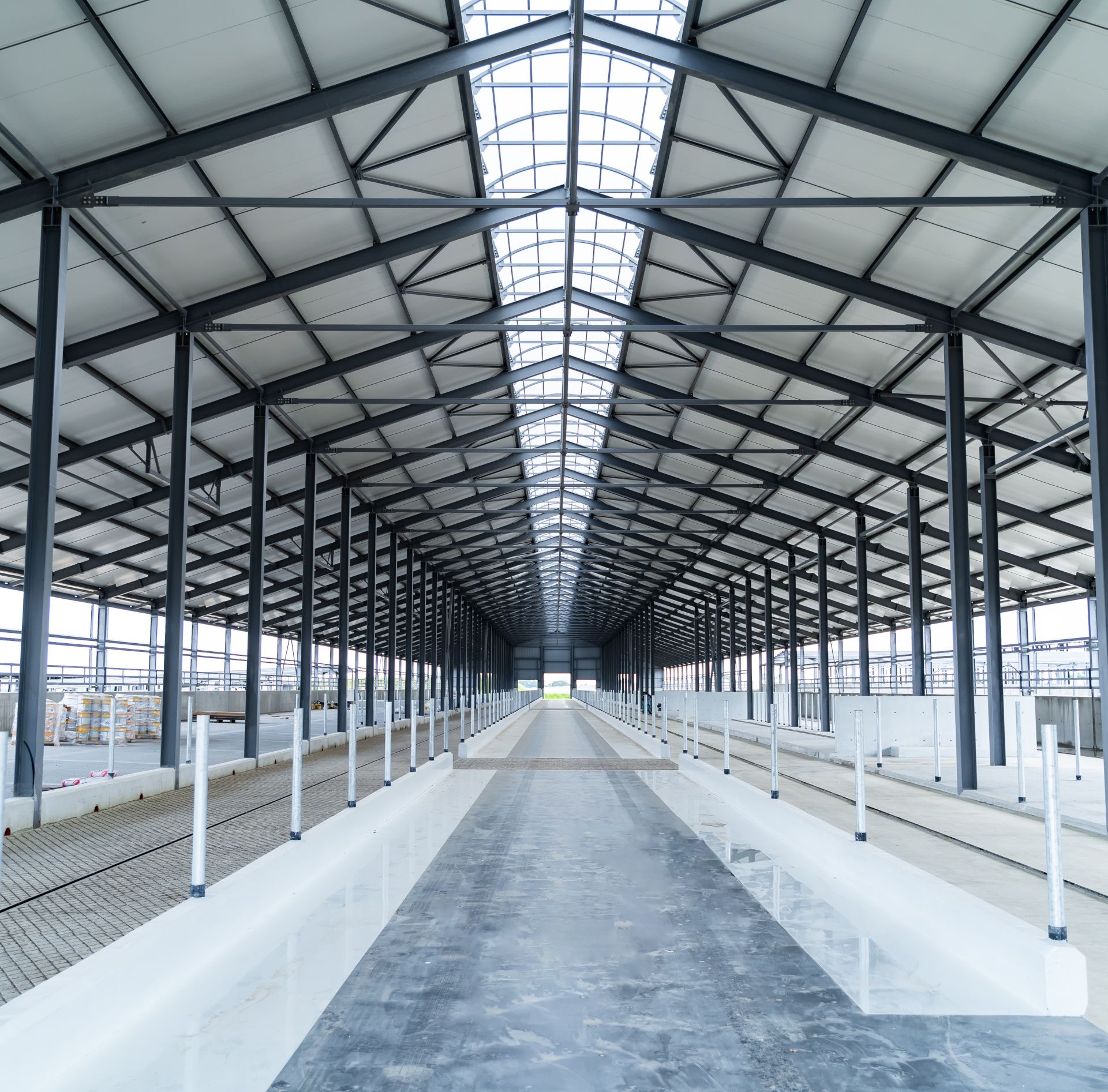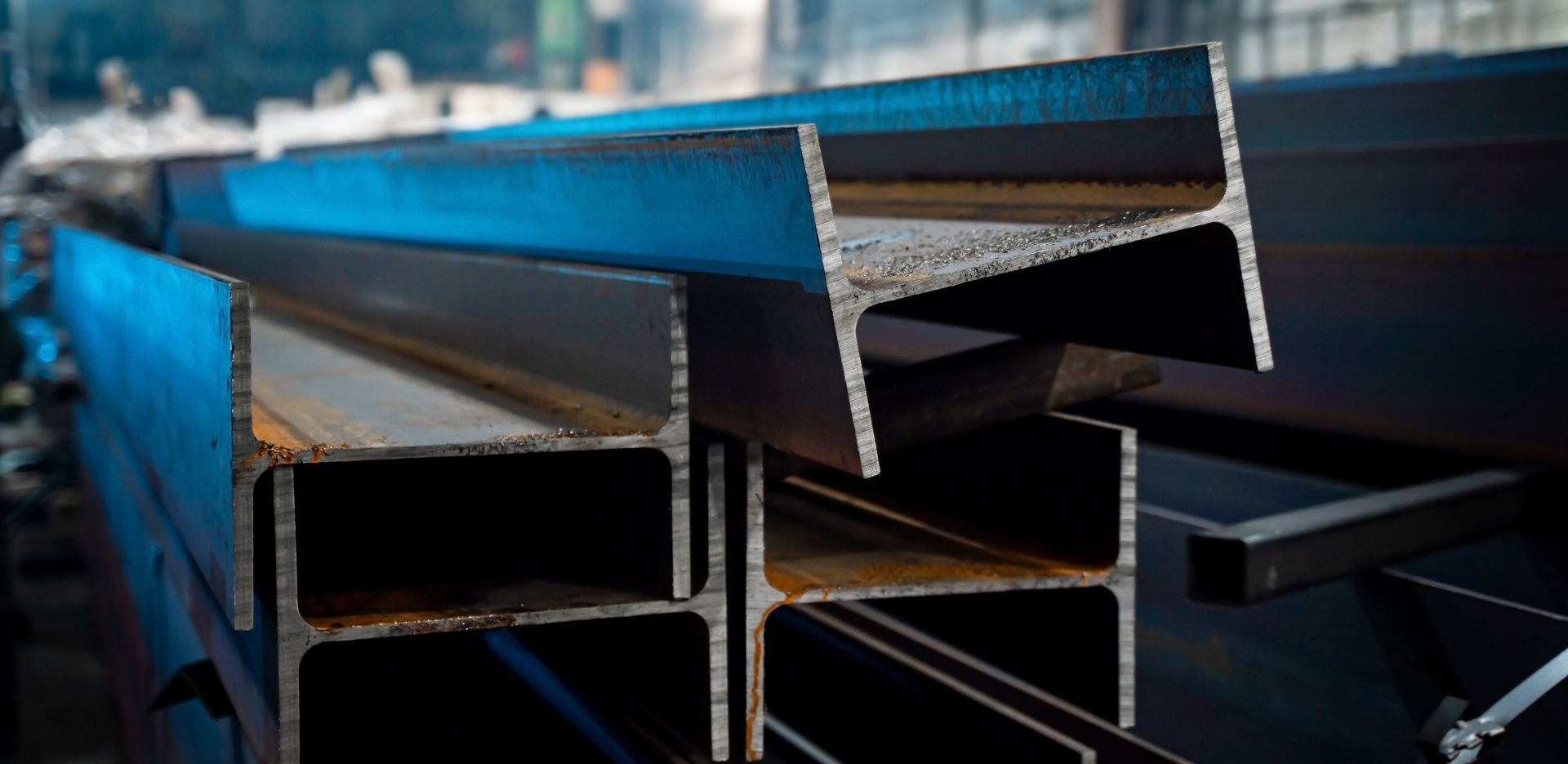Industrial steel buildings have become a popular choice across sectors such as manufacturing, logistics, agriculture, and sports due to their cost-effectiveness, speed of construction, and structural versatility.
However, one challenge often overlooked in the design process is acoustics. The hard surfaces and open layouts typical of steel buildings can cause significant sound reverberation, making the internal environment noisy and uncomfortable.
Acoustic issues can lead to various complications, including reduced productivity, communication difficulties, regulatory non-compliance, and even health problems like hearing damage or stress-related fatigue.
In facilities where machinery operates or where people gather—such as workshops, riding arenas or indoor sports centres—controlling noise becomes essential. This blog explores the key acoustic challenges of steel buildings and outlines effective solutions.
Why Steel Buildings Pose Acoustic Challenges
Steel, by its nature, is a highly reflective material when it comes to sound. In buildings where the walls, ceilings and structural elements are all steel or metal-clad, sound waves bounce repeatedly within the space, creating echo and amplification.
This is particularly pronounced in large, open-plan areas with minimal soft furnishings or natural sound-absorbing features.
As a result, industrial environments can quickly become acoustically problematic.
Machine noise may become overwhelming, verbal instructions may be hard to hear, and background noise can interfere with focus and concentration. In sports or equestrian settings, excessive reverberation can disrupt performance or distress animals. These acoustic shortcomings can also affect a building’s suitability for multi-purpose use.
Assessing Acoustic Requirements
Before choosing an acoustic treatment, it’s crucial to assess the specific requirements of the space. Factors such as the type of activity carried out, the number of occupants, the layout of equipment, and the level of existing sound insulation all play a role. For instance, a fabrication workshop with multiple machines will require a different solution than a riding arena or a logistics warehouse.
Bringing in an acoustic consultant early in the design or retrofit process can save time and money. They can evaluate the building’s structure, materials and intended use, then recommend a tailored solution.
British Standards, such as BS 8233, provide benchmarks for acceptable noise levels, while Building Regulations Approved Document E outlines minimum standards for sound insulation. Understanding these helps ensure compliance and long-term satisfaction with the building’s performance.
Common Acoustic Solutions for Steel Structures
One of the most effective ways to manage acoustics in steel buildings is through the use of internal sound-absorbing materials. Acoustic panels—whether wall-mounted, suspended as ceiling baffles, or fitted as ‘clouds’—can dramatically reduce reverberation. These treatments are especially useful in tall buildings where sound can travel and echo across open volumes.
Perforated metal panels with insulation backing are also popular, offering a balance of robustness and sound absorption.
Structural isolation is another key strategy. Floating floors and anti-vibration mounts can help reduce the transmission of noise from heavy equipment into the wider building.
In manufacturing or mechanical workshops, isolating the source of vibration can prevent structural resonance that affects other parts of the space. These methods help contain and dampen noise at the source rather than letting it spread unchecked.
Insulated Wall and Roof Panels
Many steel buildings already use composite wall and roof panels for thermal insulation, but not all are optimised for acoustic performance. Acoustic-rated panels have a dense, sound-absorbing core that can reduce airborne and impact noise significantly.
These panels not only improve internal acoustics but also reduce the noise escaping from the building, which is crucial for urban or mixed-use locations.
Insulated panels also help create a more stable internal environment, reducing the need for additional soundproofing later. By incorporating acoustic-rated cladding at the construction stage, you can minimise disruption and lower long-term maintenance costs.
This dual-purpose approach—combining thermal and acoustic insulation—makes it a smart investment in both comfort and compliance.
Door and Window Treatments
Doors and windows are often the weak points in any acoustic barrier. In industrial steel buildings, standard roller shutters and personnel doors typically offer poor sound insulation. Acoustic-rated alternatives, which include thicker profiles and specialised seals, can make a significant difference in containing sound.
These are particularly beneficial in loading bays or vehicle access points.
Windows also require attention. While natural light is valuable in any workspace, single glazing can allow noise in or out. Acoustic double or triple glazing, combined with perimeter seals, can enhance sound performance without sacrificing daylight.
For offices or meeting rooms located within steel buildings, this can be vital in maintaining a professional and functional environment.
Retrofitting vs New Build – What to Consider
Retrofitting acoustic solutions into an existing steel building can be highly effective, but it does come with certain challenges. Installation may require downtime or restricted access, and working around existing fixtures can add cost or complexity.
However, there are many non-invasive products available, such as stick-on acoustic panels or suspended baffles, which can be fitted with minimal disruption.
In contrast, integrating acoustic design into a new build offers more freedom and long-term value. It allows you to plan for optimal panel placement, structural isolation, and material choices from the outset.
This can improve both performance and aesthetics, while ensuring compliance with acoustic standards without retrofitting costs. Whenever possible, acoustic considerations should be part of early-stage building design.
Conclusion
Steel-framed buildings offer speed, efficiency and adaptability—but without proper acoustic treatment, they can fall short in delivering comfort and functionality. Noise issues affect not only productivity and well-being but also the versatility of a building. Fortunately, with the right strategies, these challenges can be resolved.
Whether you’re designing a new structure or upgrading an existing facility, addressing acoustics early makes a significant difference. From sound-absorbing panels to insulated cladding and acoustic doors, there are solutions for every budget and application.
Investing in acoustic performance now will pay off in quieter, more effective spaces in the long term.
Looking to improve the acoustic performance of your industrial steel building? Contact our team today to discuss tailored solutions or request a site assessment.
We can help you create quieter, more comfortable, and more compliant spaces—without compromising on the structural benefits of steel.

